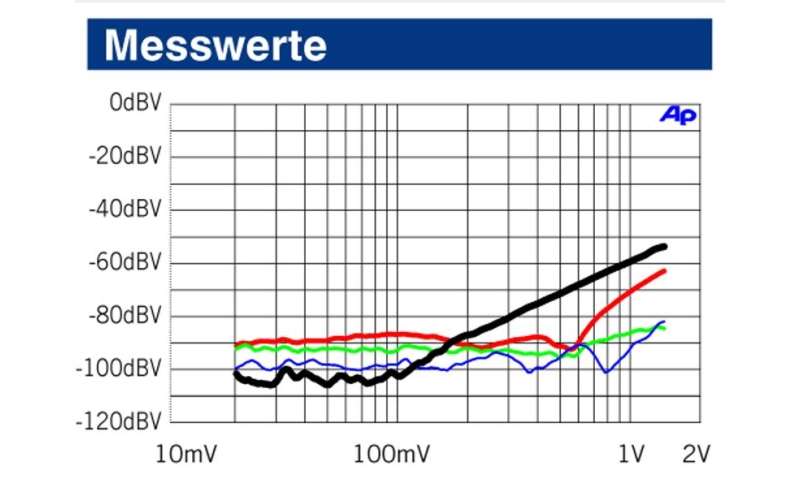flyingflatfour
Member
- Joined
- May 3, 2020
- Messages
- 52
- Likes
- 2
Hi everyone,
In the context of using an AV Receiver‘s preouts for the front stage but using internal amplification for the 4 surround channels in a 7.1 configuration, I would like to understand how this mixed setup works to avoid running into a less than optimal situation.
I have indeed recently understood that most AVRs will see their preamp performance degrade significantly past 1.4V due to internal amplification clipping.
I have a Yamaha DSP Z7 (power output was measured at 155 wpc into 8 ohms, 2 ch driven and 225 wpc into 4 ohms, don’t have a 5 ch driven figure) which I would like to use as follows:
- L + R preouts RCAs -> custom balanced cable with pins 1 + 3 terminated to ground on the RCA side -> active tower speakers using XLR connector
- C preout RCA -> balanced or unbalanced cable depending on amp -> mono block amp -> passive center speaker (rated at 8 ohms, 88dB @1W.m ; “recommended power amp 75-300W”)
- SL, SR, SBL, SBR speaker terminals -> 4x passive bookshelf speakers (rated at 8 ohms, 88dB @1W.m ; “recommended power amp 75-300W”)
- LFE preout RCA -> unbalanced cable -> 12” active subwoofer with 400W internal amp.
My concerns are the following:
- the active towers will receive an unbalanced signal from the preamp on their XLR input. The manufacturer says this will work fine as long as pins 1 and 3 are to ground on the RCA side, but will the signal not be 6 dB lower as a result and therefore require the preamp to compensate by adding 6 dB to the L and R channels, potentially reaching clipping sooner than the other channels?
- how can I choose a mono block amp for my center channel in such a way that it can drive the speaker effortlessly but without having the preout clipping?
- how to ensure level matching for all speakers knowing that the range of adjustment is +/- 10 dB on the Z7?
The Z7 may be run in preamp-only mode, but I’m not sure that means it actually physically disconnects the internal amps to avoid the clipping feedback issue.
Any help appreciated
In the context of using an AV Receiver‘s preouts for the front stage but using internal amplification for the 4 surround channels in a 7.1 configuration, I would like to understand how this mixed setup works to avoid running into a less than optimal situation.
I have indeed recently understood that most AVRs will see their preamp performance degrade significantly past 1.4V due to internal amplification clipping.
I have a Yamaha DSP Z7 (power output was measured at 155 wpc into 8 ohms, 2 ch driven and 225 wpc into 4 ohms, don’t have a 5 ch driven figure) which I would like to use as follows:
- L + R preouts RCAs -> custom balanced cable with pins 1 + 3 terminated to ground on the RCA side -> active tower speakers using XLR connector
- C preout RCA -> balanced or unbalanced cable depending on amp -> mono block amp -> passive center speaker (rated at 8 ohms, 88dB @1W.m ; “recommended power amp 75-300W”)
- SL, SR, SBL, SBR speaker terminals -> 4x passive bookshelf speakers (rated at 8 ohms, 88dB @1W.m ; “recommended power amp 75-300W”)
- LFE preout RCA -> unbalanced cable -> 12” active subwoofer with 400W internal amp.
My concerns are the following:
- the active towers will receive an unbalanced signal from the preamp on their XLR input. The manufacturer says this will work fine as long as pins 1 and 3 are to ground on the RCA side, but will the signal not be 6 dB lower as a result and therefore require the preamp to compensate by adding 6 dB to the L and R channels, potentially reaching clipping sooner than the other channels?
- how can I choose a mono block amp for my center channel in such a way that it can drive the speaker effortlessly but without having the preout clipping?
- how to ensure level matching for all speakers knowing that the range of adjustment is +/- 10 dB on the Z7?
The Z7 may be run in preamp-only mode, but I’m not sure that means it actually physically disconnects the internal amps to avoid the clipping feedback issue.
Any help appreciated

